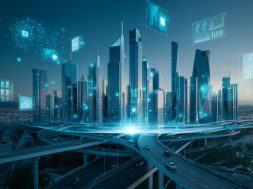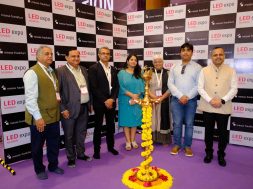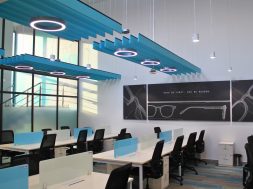Light designs balancing ingenuity and technology
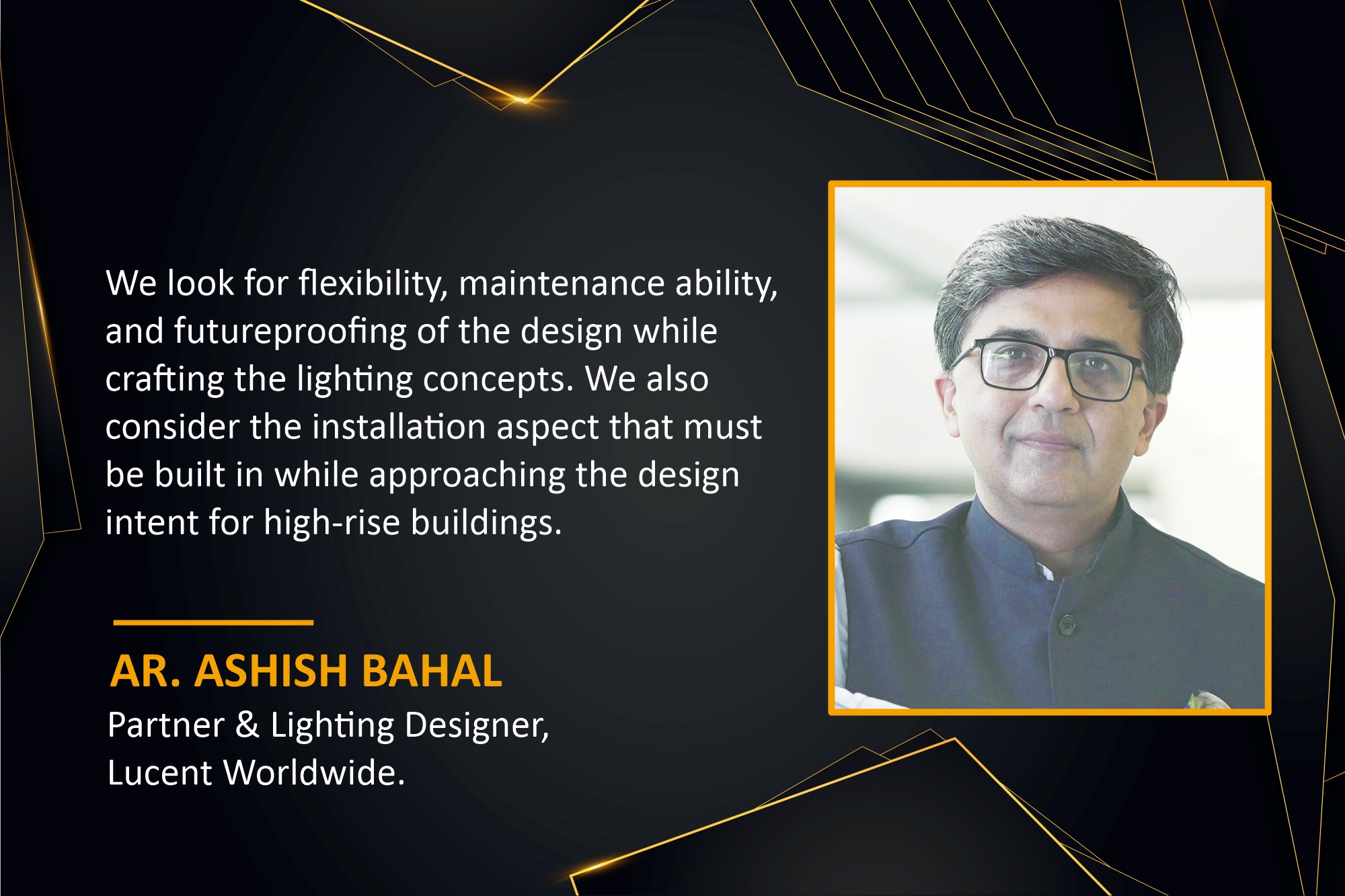
This interaction explores how a structure’s architectural design is a crucial factor in designing energy-efficient lighting solutions.
A lighting design must be customised to each space and its purpose. What is your creative process when designing lighting for high-rise buildings?
In the context of high-rise buildings, it is imperative to assess and be sensitive to the purpose of the building and its occupants, observers, and visitors. The structure’s architectural design is a crucial consideration when beginning the design process. The architects have already defined the day image of the building, but the nocturnal feature can be a different script that should serve purposes beyond just aesthetics and experience. One of the prime concerns of lighting design would be controlling the menace of light pollution and glare.
How do the technical requirements differ while defining light designs for residential, commercial, and industrial projects?
In residential high rises, there is more emphasis on creating a warm, inviting, and comfortable experience, with a persistent aspiration to showcase the unique identity of the structure so that it stands out, which includes uniform illumination in common areas, energy-efficient solutions, and the ability to customise lighting for different moods. In commercial high rises, the prime intent of lighting is to create a sense of ownership with its occupants and generate attraction for its visitors and citizens, focusing on emergency, egress lighting, and adaptive lighting automation. In industrial high rises, there is a high emphasis on maximising illumination levels for safety and productivity in manufacturing, storage, and industrial spaces. Industrial projects require robust, high-intensity lighting that ensures safety and efficiency, which includes antiglare fixtures and emergency lighting systems.
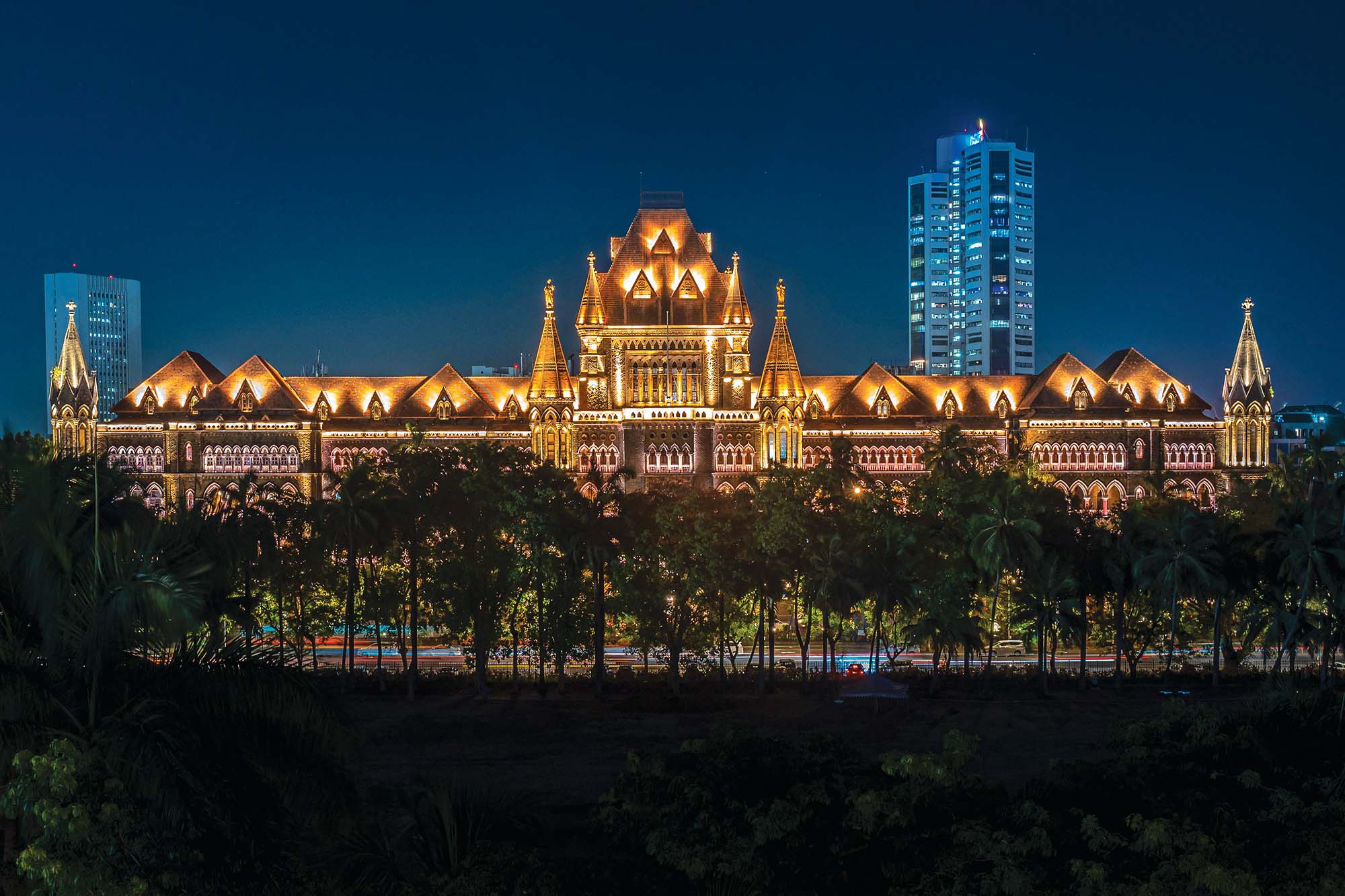
What strategies do you adopt to integrate natural light with artificial lighting to generate more sustainable designs?
This involves a balance of design ingenuity and technology. User comfort, health, and well-being are the prime drivers. We intend to incorporate natural light in the best way possible with artificial lighting to create more sustainable high rises. We divide the project areas into zones based on the availability, duration, and extent of natural lighting and define layers of lighting suitably. Introducing smart and adaptive lighting controls and teaming up with other stakeholders like architects, MEP consultants, green consultants, and project managers can achieve the most holistic, sustainable lighting design.
What are the challenges associated with designing lighting for high rises? What are your thoughts to deal with these challenges?
One significant hurdle is managing light pollution, ensuring illumination does not affect the surroundings, night sky, flora and fauna, occupants, and other citizens. Excessive light spillage and glare can create chaos. Other challenges include aesthetics, functionality, lighting colour choices, maintenance, accessibility, and capital cost. Regular innovation and technology adaptation with environmental sensitivity are key to dealing with such obstacles.
How have LEDs contributed to the lighting of high rises?
LEDs have revolutionised highrise lighting with their energy efficiency, longevity, and versatility. They have allowed for the creation of dynamic lighting systems that can adapt to different needs. Other advantages include architectural integration, intuitive controllability, flexibility, longer life, and recyclability.
What is your philosophy for making high-rise light designs more energy efficient?
The approach is simple and sensitive. Sustainability (for the environment, design intent, and final installation), innovation (inspirational, technical details, informed choices with manageable risks), and life-centric design (conscious approach without adversely affecting people, flora, fauna, and society in general).
For more details, visit: https://www.instagram.com/lucentworldwide/
Cookie Consent
We use cookies to personalize your experience. By continuing to visit this website you agree to our Terms & Conditions, Privacy Policy and Cookie Policy.


